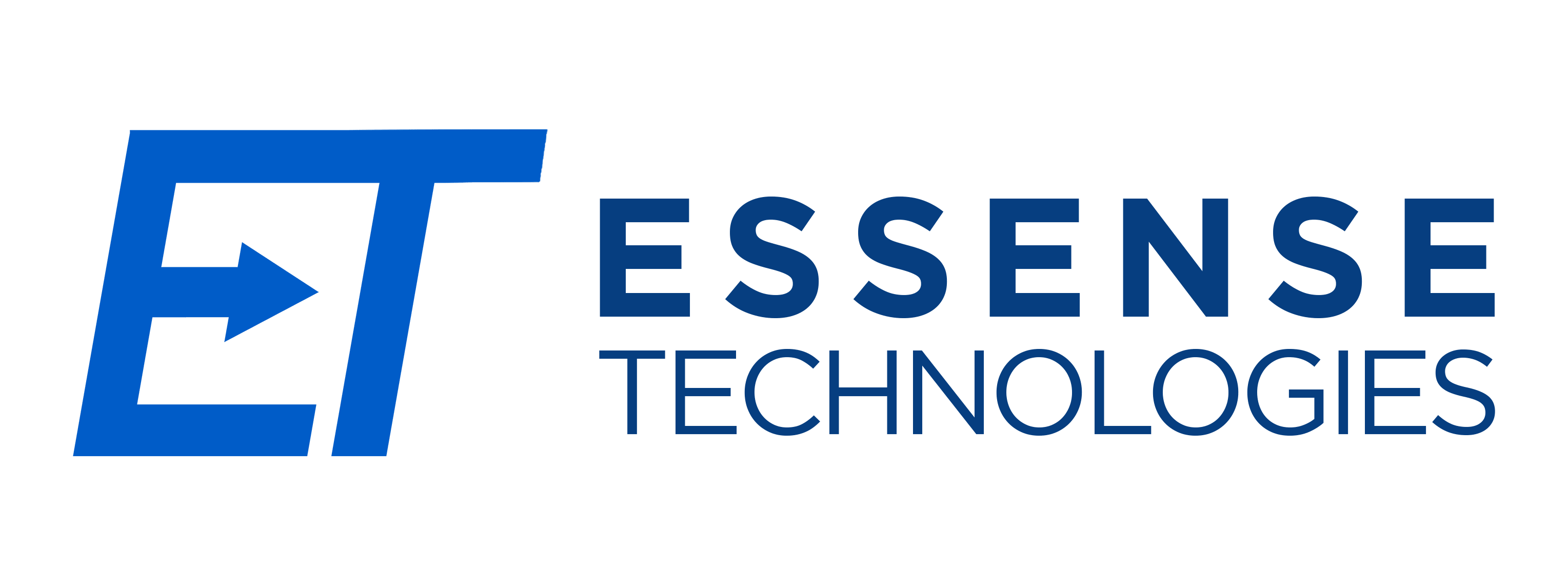What is Paid Advertising in 2023?
Paid advertising refers to any form of advertising where businesses pay to have their content displayed to a specific audience. This can include display ads, social media ads, search engine ads, and more. Here are some key points to understand about paid advertising in 2023:
Types of Paid Advertising
- Display ads: These are visual ads that appear on websites, typically in the form of banners or pop-ups.
- Social media ads: These are ads that appear on social media platforms like Facebook, Instagram, and Twitter.
- Search engine ads: These are ads that appear at the top of search engine results pages (SERPs) when users search for specific keywords.
- Video ads: These are ads that appear before, during, or after video content on platforms like YouTube.
Methods of Paid Advertising in 2023
In 2023, businesses have a variety of options for paid advertising. Here are some of the most popular methods:
Search Engine Advertising
- Paid Search: This refers to ads that appear at the top of search engine results pages (SERPs) when users search for specific keywords.
- Shopping Ads: These are ads that feature product images, pricing, and other details, and appear at the top of search results for specific products.
- Local Service Ads: These ads are designed for local service providers like plumbers and electricians, and appear at the top of search results for local queries.
Social Media Advertising
- Facebook Ads: This platform offers a variety of ad formats, including image ads, video ads, and carousel ads, and allows businesses to target users based on interests, behaviors, and demographics.
- Instagram Ads: Instagram offers similar ad formats to Facebook, with a focus on visual content like images and videos.
- Twitter Ads: Twitter offers several ad formats, including promoted tweets and promoted accounts, and allows businesses to target users based on keywords, interests, and demographics.
- LinkedIn Ads: LinkedIn is a professional networking platform that offers a variety of ad formats, including sponsored content, sponsored InMail, and display ads.
Display Advertising
- Banner Ads: These are visual ads that appear on websites, typically in the form of banners or pop-ups.
- Native Ads: These ads are designed to match the look and feel of the website or app where they appear, and are often less disruptive than traditional banner ads.
- Interstitial Ads: These are full-screen ads that appear between content pages or during natural breaks in a user’s interaction with an app.
Video Advertising
- YouTube Ads: These are ads that appear before, during, or after video content on YouTube, and can be targeted based on keywords, interests, and demographics.
- In-Stream Video Ads: These are video ads that appear before, during, or after video content on websites and apps outside of YouTube.
- Out-Stream Video Ads: These are video ads that play within a text article or other content format, without the need for a video player.
By understanding the various methods of paid advertising available in 2023, businesses can choose the platforms and formats that best align with their goals and target audience.
Benefits of Paid Advertising
- Targeted audience: Paid advertising allows businesses to target specific demographics, interests, and behaviors to reach the right audience.
- Measurable results: Paid advertising provides measurable results, allowing businesses to track key metrics like click-through rate (CTR) and conversion rate.
- Brand visibility: Paid advertising can help businesses increase brand awareness and visibility in a crowded market.
- Fast results: Paid advertising can generate results quickly, making it an effective option for businesses looking to drive immediate conversions.
- Increased personalization: Advances in technology and data analytics have made it possible for businesses to deliver highly personalized ads to individual users.
Best Practices for Paid Advertising in 2023
Choosing the Right Platforms
- Understand your audience: Choose platforms that your target audience uses most frequently.
- Consider your goals: Different platforms offer different advertising formats and targeting options, so choose the platforms that align with your business goals.
- Start small: Experiment with a few platforms first to determine which ones are the most effective for your business.
Creating Effective Ads
- Clear and compelling messaging: Create ads that clearly communicate the benefits of your product or service and compel the viewer to take action.
- Visual appeal: Use high-quality images or videos to grab the viewer’s attention.
- Consistent branding: Ensure that your ads align with your overall brand messaging and visual identity.
Targeting the Right Audience
- Research your audience: Use customer data and market research to identify the characteristics and behaviors of your target audience.
- Refine targeting over time: Monitor the performance of your ads and adjust your targeting criteria as needed to improve results.
- Consider retargeting: Retargeting ads to users who have already engaged with your brand can be an effective way to drive conversions.
Optimizing Campaigns
- Track performance: Use analytics tools to track the performance of your campaigns and identify areas for improvement.
- Test and iterate: Experiment with different ad formats, messaging, and targeting criteria to optimize your campaigns over time.
- Stay up-to-date: Keep up with industry trends and changes in advertising platforms to ensure that your campaigns remain effective.
By following these best practices, businesses can create effective paid advertising campaigns that reach the right audience, generate measurable results, and drive business growth.











